I am designing a system to measure voltages from bio-potential sources and feed them into an ADC after filtering and amplification. The source has the following charactristics:
- amplitudes are in 10's of uV
- frequency band of interest is 3Hz to 50Hz. 3.The 2 differential inputs from the bio source would have a DC offset (sometimes as high as 900mV)
As it happens, the vast majority of other designs filter, amplify and then feed the signal into a MUX, which in turn connects different signals to the ADC to be read, something like this if we had 2 sources:

simulate this circuit – Schematic created using CircuitLab
The first thing that went through my mind, was that depending on the application, the op amps used in filtering stages will be expensive.
Is there something fundamentally wrong connecting the sources to the MUX and then feed them into the filtering circuitry? like this:

Highest frerquency of interest is 50Hz, am i wrong in assumming that the response time (transient response) of even an oridnary filter would be more than sufficient for such a low frequency?